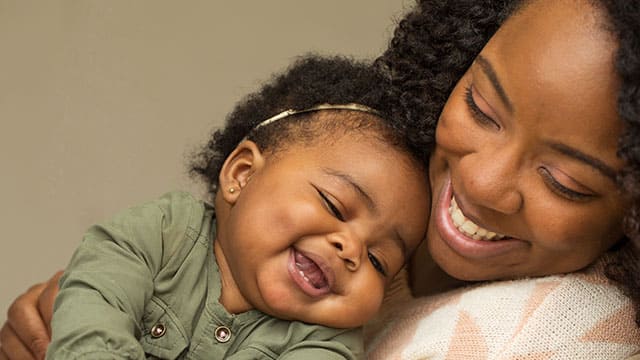When Can I Expect My Child's Baby Teeth to Shed?
According to American Dental Association, kids usually have 20 baby teeth that come in by the time they're 33 months old. These baby teeth, also known as deciduous teeth, start to shed by age 6-7 years. In their place, permanent teeth erupt. By age 21, typically, all 32 permanent teeth have erupted.
So how can you know if your child's deciduous teeth are over-retained? There's a useful chart that can help you figure out when your child's baby teeth should shed and when permanent successors should erupt. Once you see your child's first baby tooth shed, you can use it as a marker. The timelines on the chart can help you predict when the next ones will fall out.
Every child's teeth are different, and you can expect some variations from the timelines stated in the chart. That said, if one or several baby teeth have stayed in position for more than a year after they're supposed to shed, they're most likely over-retained.
Why Causes Over-Retained Baby Teeth?
The most common reason for primary teeth to be over-retained is because their permanent successors are absent. The condition is known as tooth agenesis, characterized by a partial or complete absence of permanent teeth. According to the National Organization for Rare Disorders, hypodontia (the absence of 1-5 teeth) affects 2-8% of people.
Another reason for over-retained baby teeth is ankylosis, in which the root of the primary tooth is fused to the bone. According to Spear Education, lower teeth are ankylosed more than twice as often as upper teeth.
Other reasons for over-retained deciduous teeth include impacted permanent teeth, infection, and trauma. If your child's baby teeth haven't shed when expected, it's best to consult with your child's pediatric dentist, as well as an orthodontist. They will most likely assess the situation with a comprehensive clinical exam as well as dental X-rays.
Treatment of Over-Retained Primary Teeth
How can your child’s over-retained primary teeth be treated? Depending on the clinical exam and observations derived from the dental X-rays, there are many treatment routes that a pediatric dentist or orthodontist can recommend.
According to a study in the Open Dentistry Journa, if the crown, roots, and supporting alveolar bone of the retained baby tooth is in good condition and isn’t causing any structural or aesthetic problems, then the primary tooth can be retained. In fact, it might serve your child well into adulthood.
If your child’s tooth is ankylosed, depending on the age of the onset of ankylosis, the affected tooth's location, and your child’s smile line, among other factors, the orthodontist might recommend that the tooth be extracted. According to Spear Education, if the tooth is extracted, your child will have to wait until age 17 to have an implant placed, and the dentist will need to provide an interim replacement tooth option.
Waiting for your child’s baby teeth to shed so those permanent teeth can erupt can be stressful! But don’t worry; with the help of your child’s dentist, you can find a treatment plan that will work for your child’s teeth. And after all, whether or not your child has over-retained baby teeth, their smile is always perfect!
Oral Care Center articles are reviewed by an oral health medical professional. This information is for educational purposes only. This content is not intended to be a substitute for professional medical advice, diagnosis or treatment. Always seek the advice of your dentist, physician or other qualified healthcare provider.
ORAL HEALTH QUIZ
What's behind your smile?
Take our Oral Health assessment to get the most from your oral care routine
ORAL HEALTH QUIZ
What's behind your smile?
Take our Oral Health assessment to get the most from your oral care routine
Join Us
Get the best of your oral health routine and take it to the next level with expert advice, recommendations, products and solutions and special offers.
Join Us
Get the best of your oral health routine and take it to the next level with expert advice, recommendations, products and solutions and special offers.















